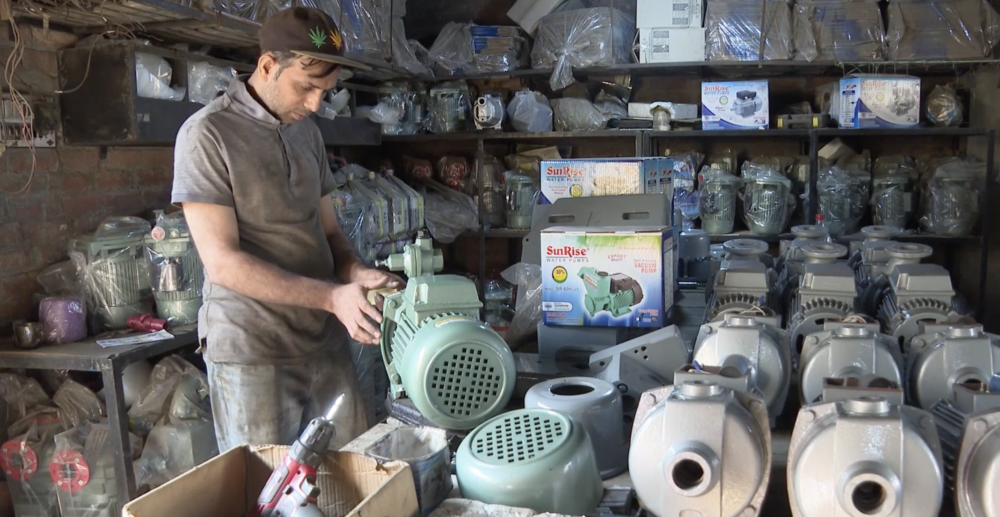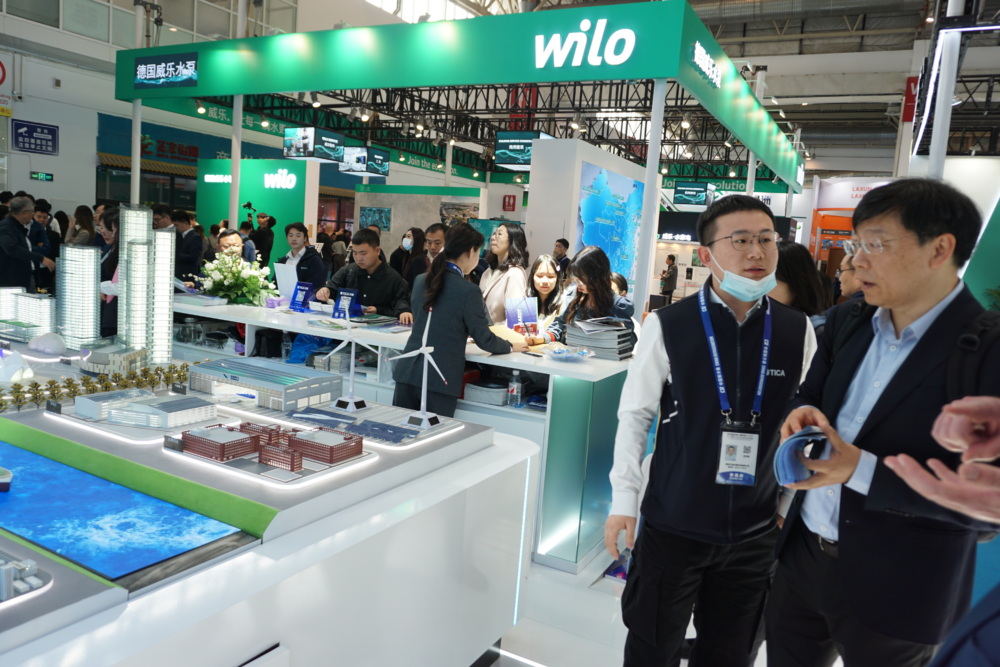CLASP Africa Air Conditioner Market Scoping Study Sheds Light on Growing AC Markets in Africa
CLASP’s newly published Africa Air Conditioner Market Scoping Study provides an initial overview of air conditioner market sizes and characteristics, a crucial step in filling the information gap faced by policymakers. The study is one component of our work to increase the uptake of affordable, low-impact, high quality appliances and cut the catastrophic climate impacts of air conditioning. Through this study, CLASP provides comprehensive data on air conditioners available through African online retailers, while also drawing attention to the larger market characteristics and policy gaps that future market assessments should seek to address. The study was sponsored by the Institute for Governance & Sustainable Development (IGSD).
In 2017, 2.8 million air conditioners (ACs) were sold in Africa, following 8.3% market growth over just the two years prior. To date, only ten African countries have implemented energy efficiency policies for appliances such as room air conditioners, leaving many countries at risk of being saddled with inefficient, environmentally harmful, and poor quality appliances. But as demand for ACs grows, many policymakers are looking to energy efficiency policies as a key component of building sustainable cooling markets.
In addition to driving markets towards high-quality products, standards and labeling policies incentivize reporting and verification of product performance, which provide policymakers with reliable market information. A lack of information on the sizes and characteristics of African air conditioner markets is an obstacle for countries aiming to develop new energy efficiency policies for air conditioners.
Africa Air Conditioner Market Scoping Study is the result of CLASP’s collection and analysis of information on split AC and window AC products in nine key markets in Africa: Burkina Faso, Ghana, Kenya, Mauritius, Morocco, Nigeria, Senegal, South Africa, and Tunisia. Each of the nine countries CLASP chose for the study meets at least one of three criteria:
- The largest economies in terms of AC demand from each region in Africa
- Countries that import all of their AC equipment (i.e. without an AC manufacturing base)
- Countries that have demonstrated leadership on integrating energy efficiency into the refrigerant transition
CLASP gathered AC market size from Euromonitor, the Japan Refrigeration and Air Conditioning Industry Association, and the Japan Air Conditioning, Heating and Refrigeration News, and validated this data through stakeholder interviews with National Ozone Officers and local experts. To determine popular AC characteristics in each country, we gathered product data, including brand name, model number, cooling capacity, energy efficiency rating, refrigerant type, country of origin, and price from online retailers.
Some of the key regional findings include:
- Brand: CLASP identified over 55 unique brands; however, in most African countries, Chinese and South Korean AC brands have the largest market share.
- Distribution: Distribution channels vary depending on whether most ACs are imported or if foreign manufacturers have established local assembly plants. Many countries have porous borders, through which inefficient ACs enter illegally.
- Product Type: Split units are the most popular AC type in African markets. Some countries showed a preference for products with heating and cooling functions.
- Capacity: Regionally, the most common cooling capacities are 9,000, 12,000, and 18,000 Btu/hr, but there is significant variation in the most popular sizes in each country.
- Price: Average prices for ACs with the most popular cooling capacities of 12,000 and 24,000 Btu/hr ranged from USD 433-570 and USD 789-960 respectively.
- Performance Reporting: Because online shops are not currently monitored in most countries, energy performance metrics are not available for most AC units sold in African online shops, even though five of the countries in the study have implemented standards and labeling policies.
- Technology: The penetration of inverter technologies is low in most African countries.
- Refrigerant: ACs with the R-410A refrigerant are popular in African markets; however, ACs containing HCFCs – in particular R-22 refrigerant – can still be found in some African countries.
Read the full Africa Air Conditioner Market Scoping Study.
Visit CLASP’s Africa Program page to learn more about our work in Africa.









